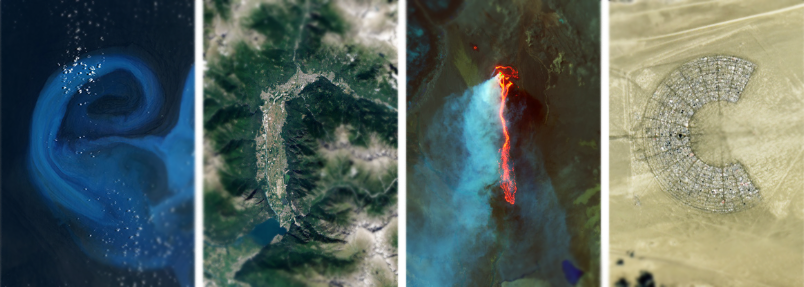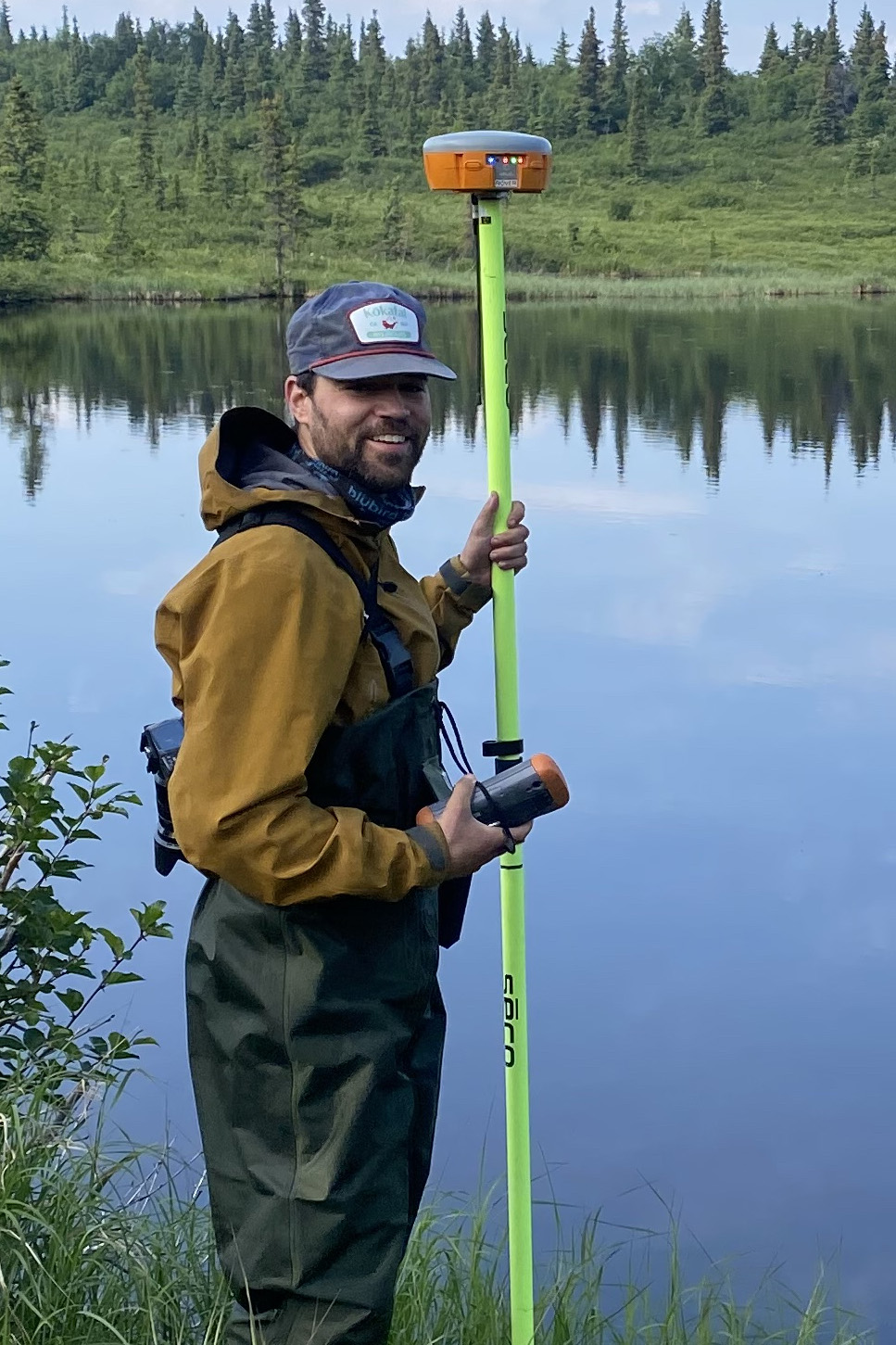About
I am a geographer, which -- as Hal Mooney suggested -- means that I am, "concerned with the changing spatial organization and material character of Earth's surface." Currently, I am a PhD Candidate at the University of Oregon where I am funded by NASA to develop new capabilities for monitoring the Earth's water cycle. I work with my advisor Sarah Cooley and her research group at Duke University's Division of Earth and Climate Sciences at the Nicholas School of the Environment.
The lure to watch Earth from space is strong, for both the beauty and the insight available from a satellite's point of view:
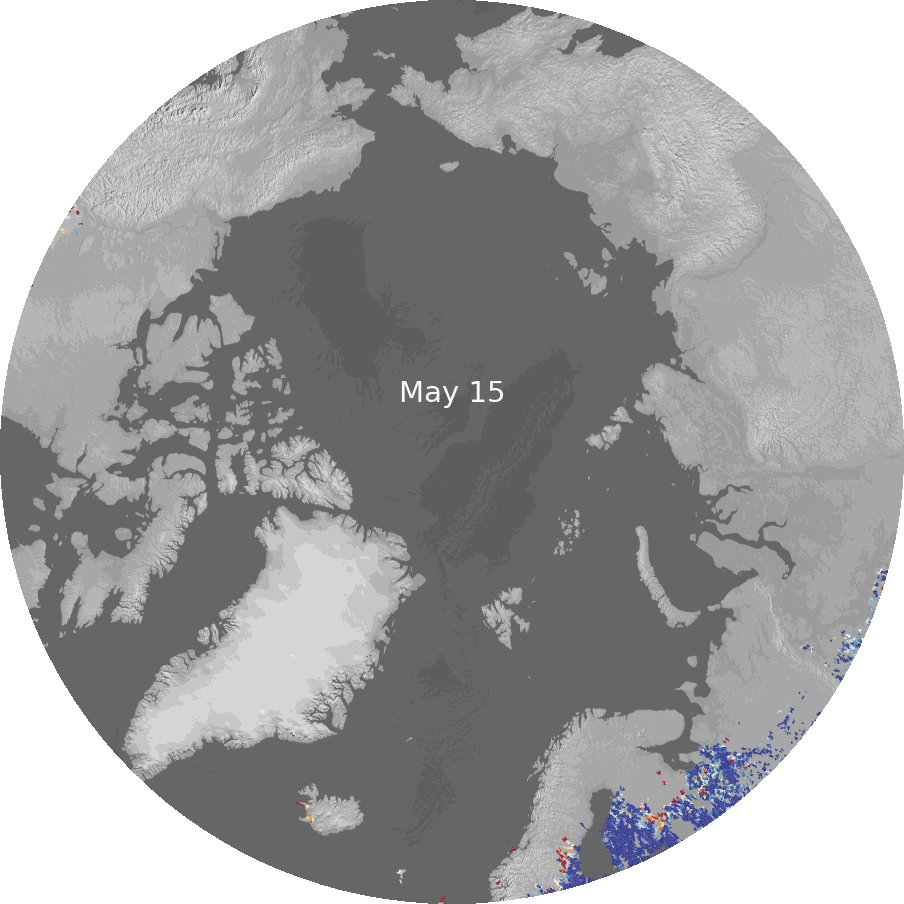
Arctic lakes expand and contract throughout a typical summer. This annual reccurrence is dramatic to watch, and changes to the timing or strength of the seasonal pattern would have severe consequences for carbon cycling and time-sensitive ecological relationships. This animation shows the progression of lake area anomalies (differences from the average lake area) throughout a typical summer. It is just one example of how satellite-based research can feel like filming a natural phenomenon -- such as a sunset or flood, while enabling fulfilling science. Head to the 'research' page to learn about the motivation and methods for mapping near-daily lake area changes in over 75,000 Arctic watersheds using Sentinel-2 imagery.
Sometimes, though, it’s worth ditching the satellites and taking a closer look at things. 
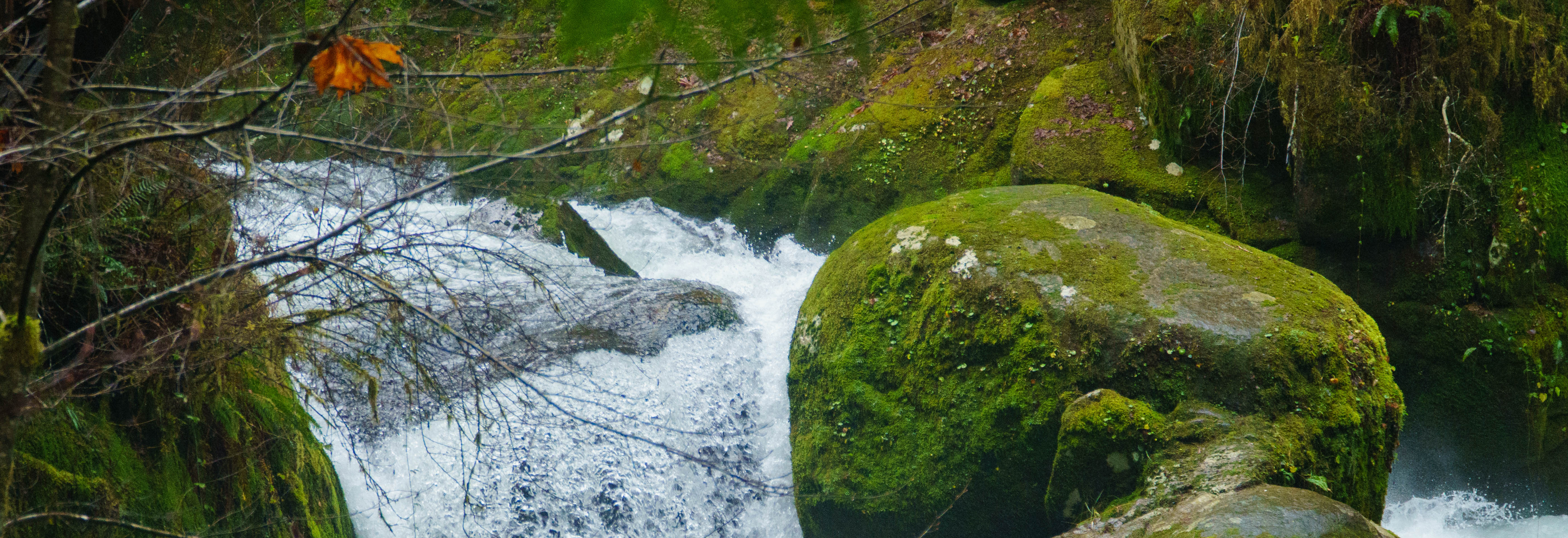
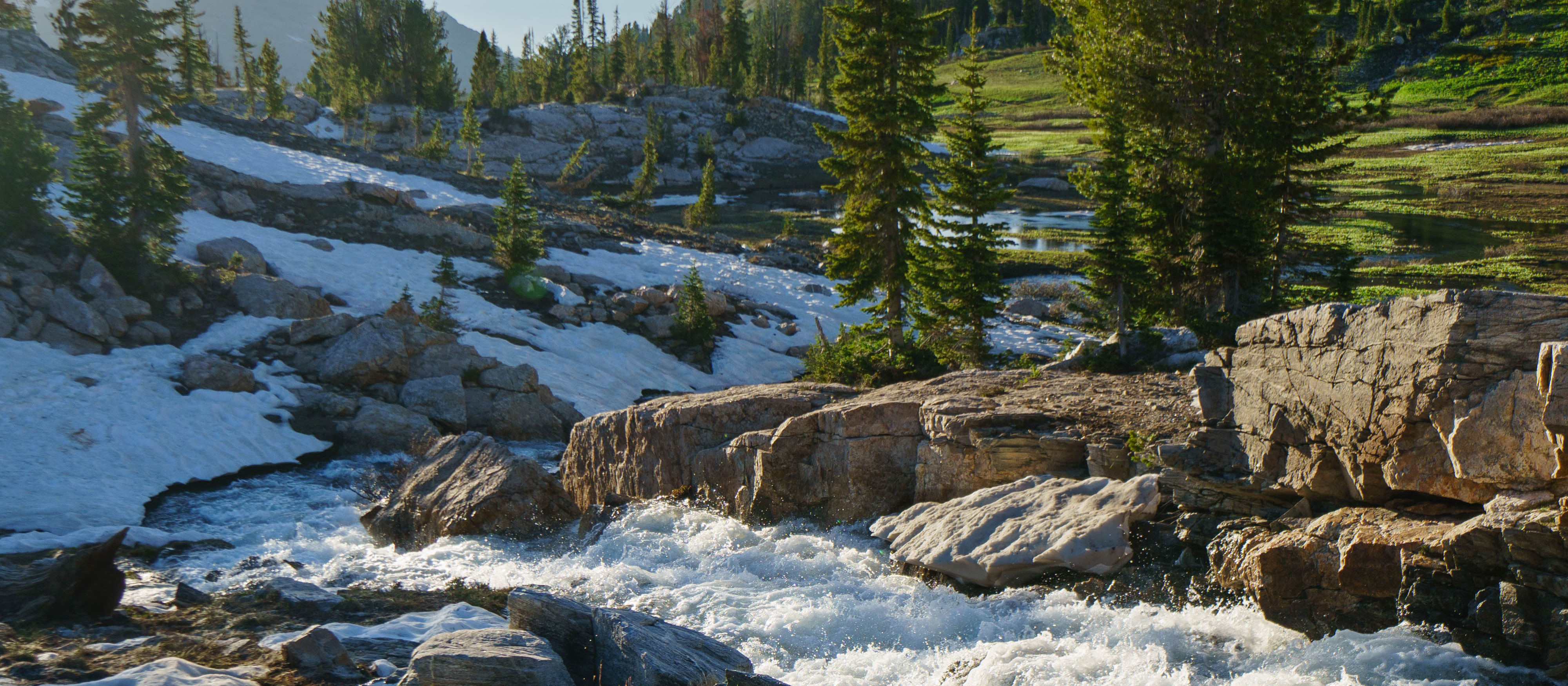

“Who would not choose to follow the sound of running waters? …I can lean on the rail of a little bridge over a brook and contemplate its currents, its whirlpools, and its steady flow for as long as you like; with no sense or fear of that other flowing within and about me, that swift gliding away of time.” -Thomas Mann
Thanks for visiting,
